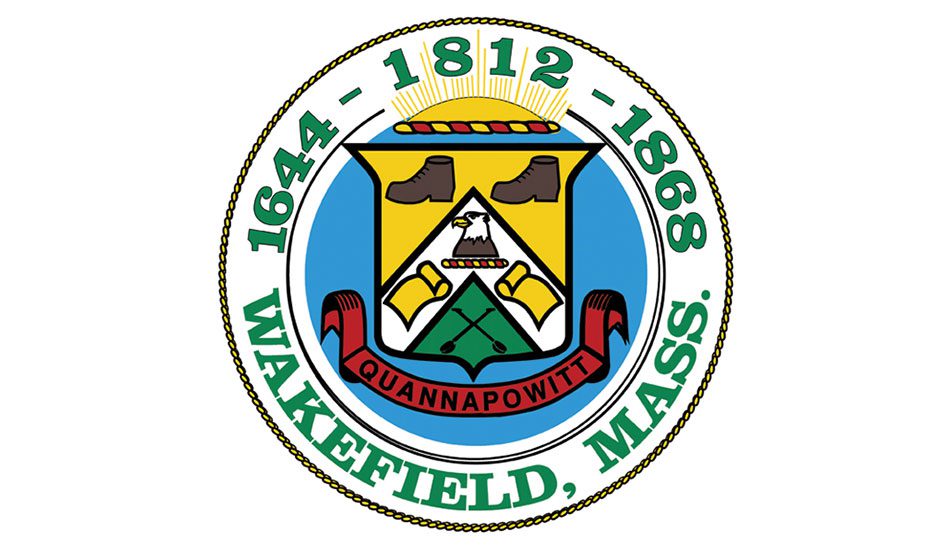By NEIL ZOLOT
WAKEFIELD — Elementary school mid-year report cards will look a little different this February.
“State standards have been updated since the previous report card was developed,” reads a report given to the School Committee at their meeting Tuesday. “Previously, our report cards did not encompass all standards. In English Language Arts, Science and Math, all standards on the report card reflect updated standards and match our scope and sequence. The updates reflect all standards by grouping them into fewer broad, family friendly indicators. A Social Studies review is upcoming, at which point that section will be updated.”
“Updated standards will be reflected on the report card,” Dolbeare School Principal T.J. Liberti explained. “As we dug into them we wanted to create a more standardized process.”
He also said the report cards will be used to review curricula.
Sample cards given to the members include graphs and tables showing student results of September, mid-year and end of the year tests for math and reading that indicate if a student is at grade level or approaching it. The September tests are expected to read “approaching” a grade level and serves as a benchmark for comparison later in the year. Liberto called the results “important data points as to how a child is progressing.”
“It gives us an indication as to how close they are to grade level,” Walton School Principal Brian Schmitt added.
Math is broken into subcategories number and operations, algebra and algebraic thinking measurement and data and geometry.
K-4 reading is subcategorized into decoding, accurate and fluent reading and reading comprehension. A separate grade 3 and 4 report card is subcategorized into phonological awareness, phonics, high frequency words, comprehension of literature and comprehension of informational texts.
School Committee members Eileen Colleran and Kevin Fontanella asked that eduspeak jargon be explained or avoided, although some explanatory language will be included. Fontanella confessed he doesn’t really know what decoding means. It’s knowing sounds and letters and the ability to sound out words and read a list of short words, with the idea of moving on to longer words.
“Is there a simple way we can communicate that?” Fontanella asked. “We’ve got to make it clear.”
“We can definitely think about that,” Assistant Superintendent Kara Mauro answered. “Our goal is to make sure we give parents the information they need. It will save time in the long run.”
The report cards will also include suggestions as to what at home activities might be employed to improve student performance. “They give suggestions as to what a child might practice,” Schmitt said. “It’s tailored to what a child might need and for parents that want a child to practice at home.”
For reading these might include writing letters and choosing words to memorize.
A letter will be sent to families explaining the report card updates. It will include links to the state Department of Elementary and Secondary Education Family Road Maps, which explain grade level expectations for students.
Schmitt feels all the information is a “jumping off point to start conversations” between parents and teachers.
“For parents to make sense of this for their child will require a conversation with the teachers,” Superintendent Doug Lyons agreed.





